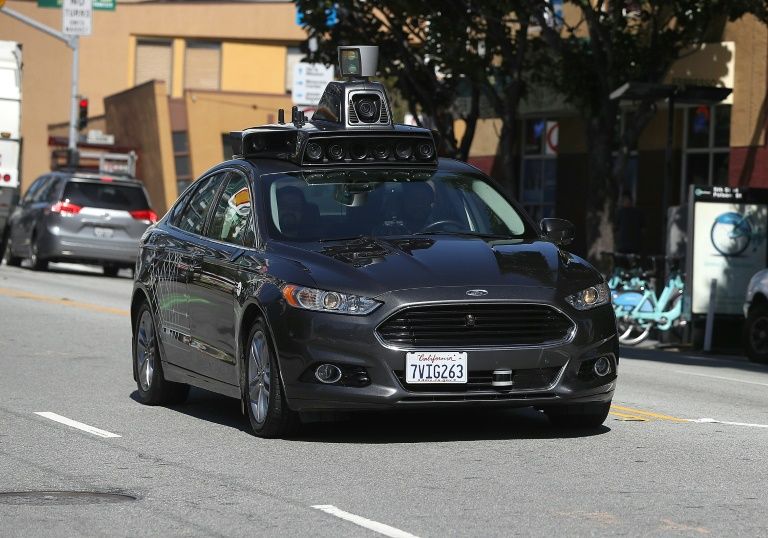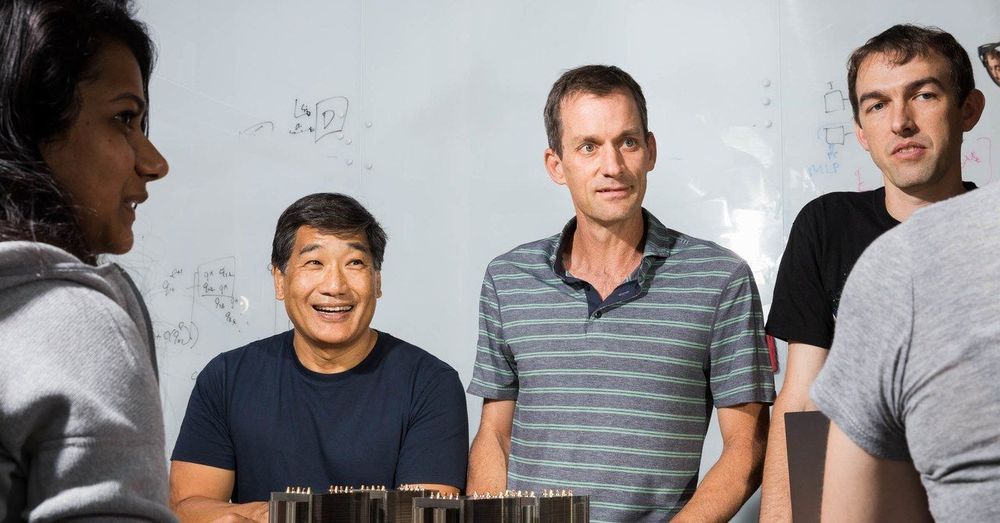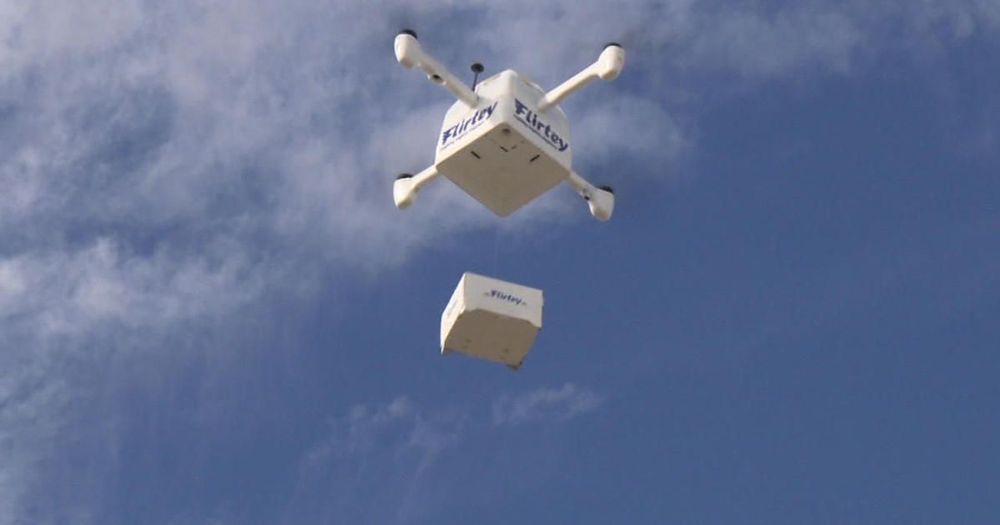In 1965, American engineer Gordon Moore made the prediction that the number of transistors integrated on a silicon chip doubles every two years or so. This has proven to be true to this day, allowing software developers to double the performance of their applications. However, the performance of artificial intelligence (AI) algorithms seems to have outpaced Moore’s Law.
According to a new report produced by Stanford University, AI computational power is accelerating at a much higher rate than the development of processor chips.
“Prior to 2012, AI results closely tracked Moore’s Law, with compute doubling every two years,” the authors of the report wrote. “Post-2012, compute has been doubling every 3.4 months.”







